Past Event
London, UK
Members of the workplace design community filled Andreu World’s showroom for one of the last events of this year’s Clerkenwell Design Week. Visitors joined an insightful discussion about the importance of creating an inclusive workplace considering factors like wellbeing, equity, and the new dynamics of the office environment.
Hosted by WOD (Women in Office Design), the event was introduced by founder and workplace designer, Harsha Kotak. She welcomed Jackie Ferguson, Senior Associate and Diversity, Engagement & Inclusion Champion at Perkins & Will; Julie Lecoq, Associate, at Unispace; the author of the much-acclaimed book, “The Human-Centric workplace”, Simone Fenton-Jarvis; and Julia Hardy from Andreu World.
Harsha began discussions by posing the question: “The concept of ‘universal design’ or ‘inclusive design’ is widely spoken about, but no one talks about HOW this can be achieved?”
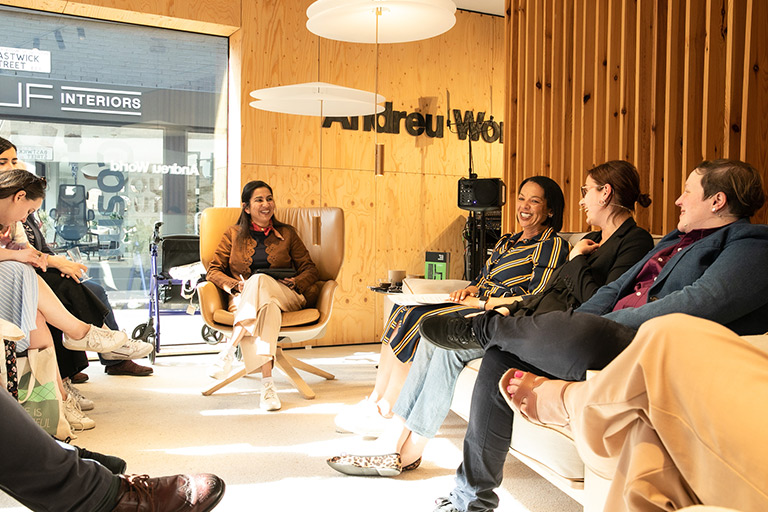

“There is no one single answer,” replied Jackie. “We must start by demystifying disabilities through extending our knowledge. We can only work with what we know and understand.”
“Inclusive design must not be an afterthought,” agreed Julie. “It must be introduced at the early phase of the project. We need to give people the autonomy to choose how they want to work.”
Harsha talked to Simone about her book: “Within ‘The Humancentric Workplace’ you have a chapter titled ‘A place where people thrive’ and you talk about how workplaces can be that destination that people want to go to. You also work with clients to put greater focus on employee health and well-being.”
“Culture is so important, but we do have to accept that we don’t have all of the answers,” explained Simone. “We can’t use a ‘cookie cutter’ approach. When. designing our homes, we tend to start with colour, not furniture. Why is this often not the case in the office? Colour is so important and should not be chosen simply to match the corporate branding!”
“Furniture is just one part,” agreed Julia. “We need to put the right pieces in the right places. Furniture should be, of course, aesthetically pleasing but also functional and designed for sustainability with careful consideration to materiality and wellness.”
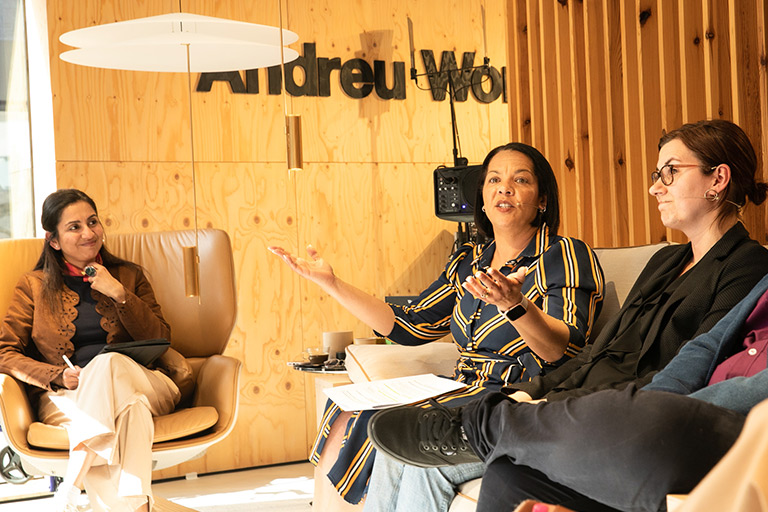
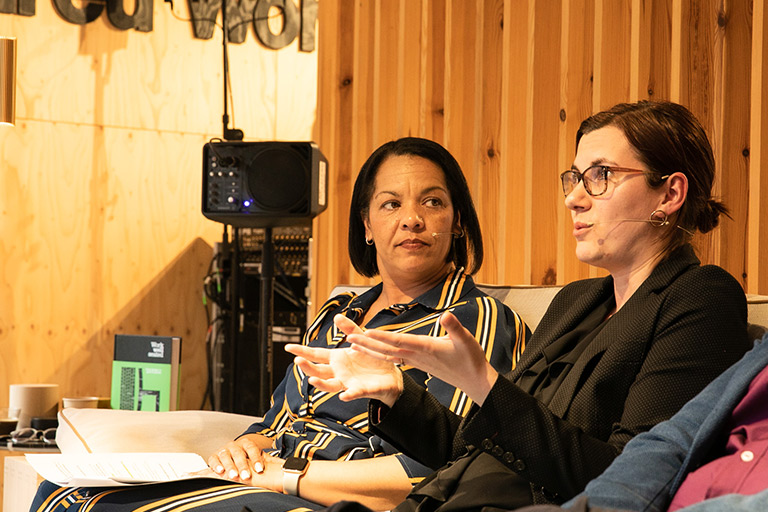
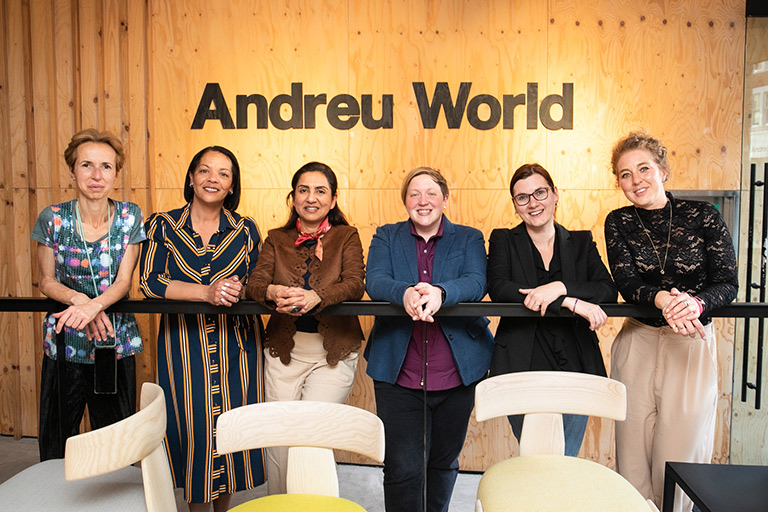
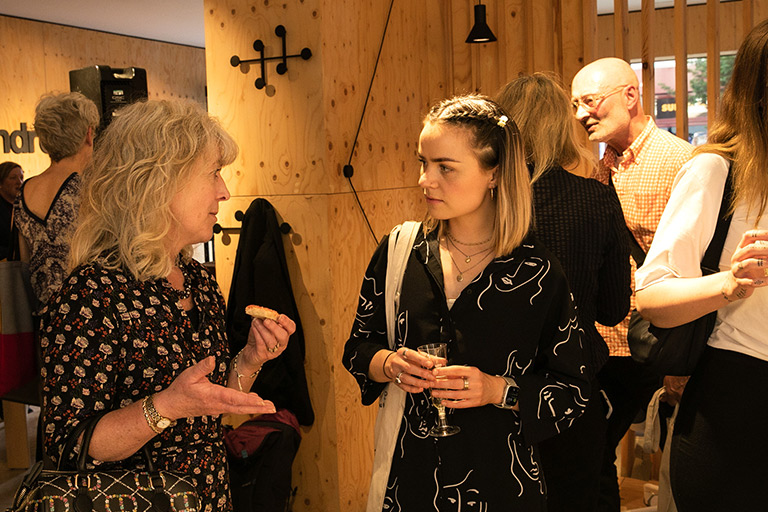
Jackie Ferguson described the approach within her own workplace at Perkins & Will.
“We encourage and promote diversity within our organisation. The Diversity and Inclusion Group was established over eight years ago and we aim to embrace differences and cultures. Education is the key – we need to understand each other’s perspective and really get to know each other.”
There was an agreement that there is a positive change to the overall approach – probably inspired by the enforced separation of the pandemic. “It is increasingly recognised that people are the core of everything,” said Julie. “There is greater respect for the disciplines of workplace strategy and change.”
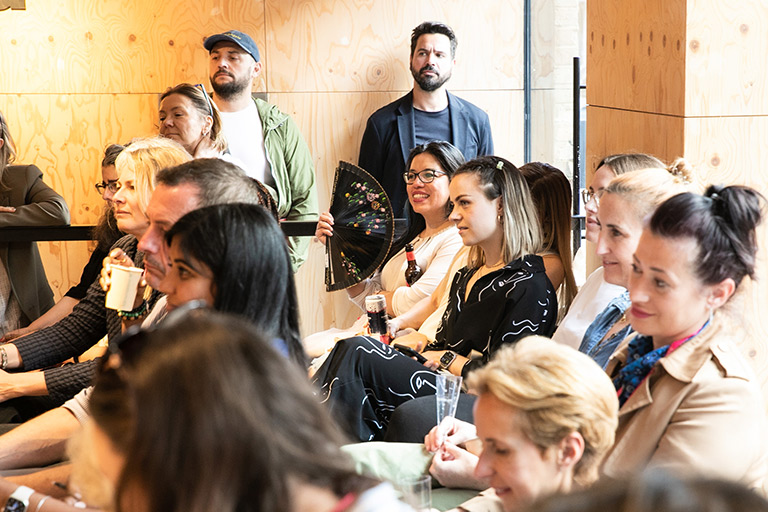
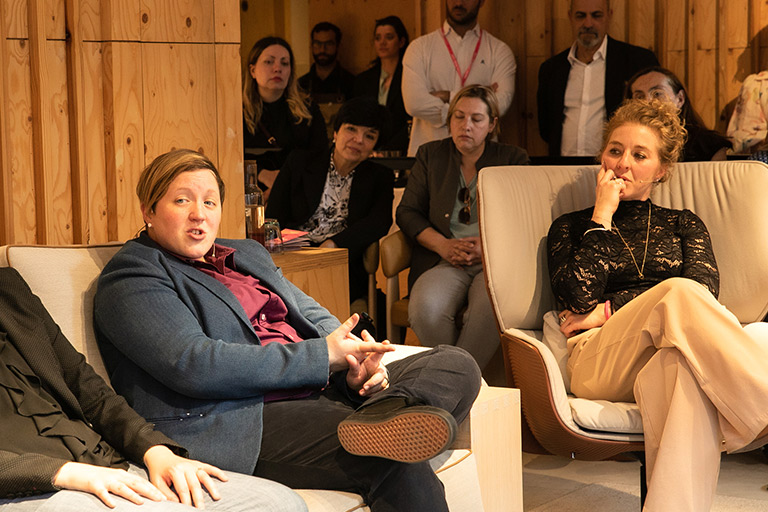
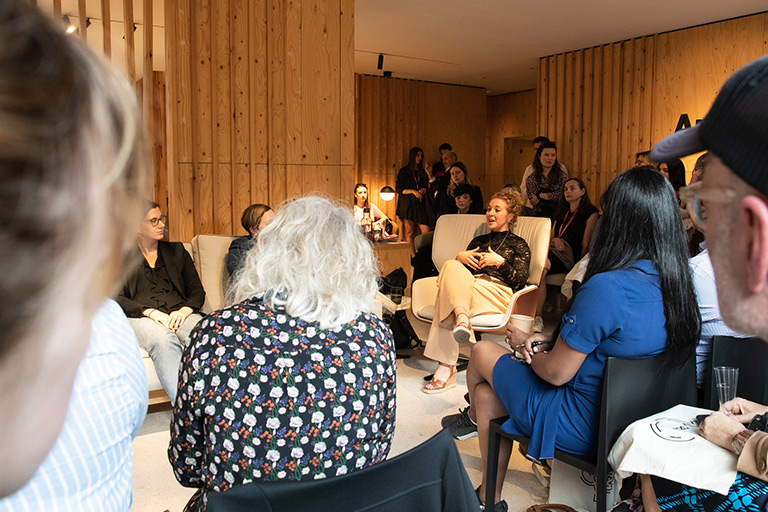
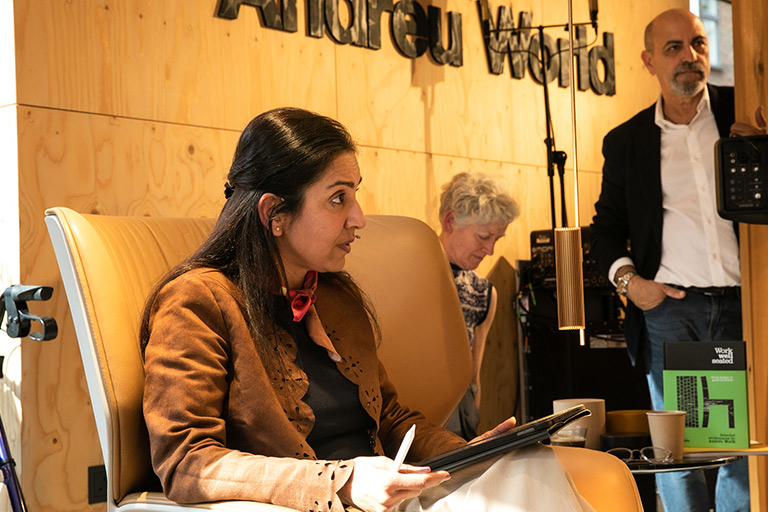
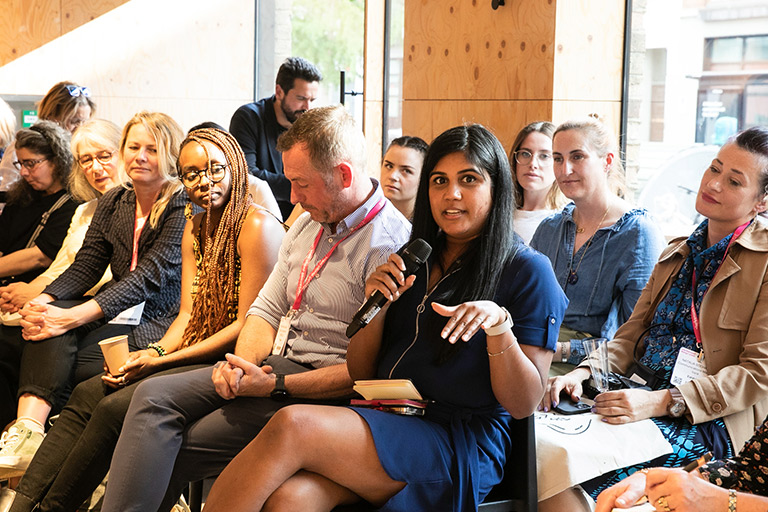
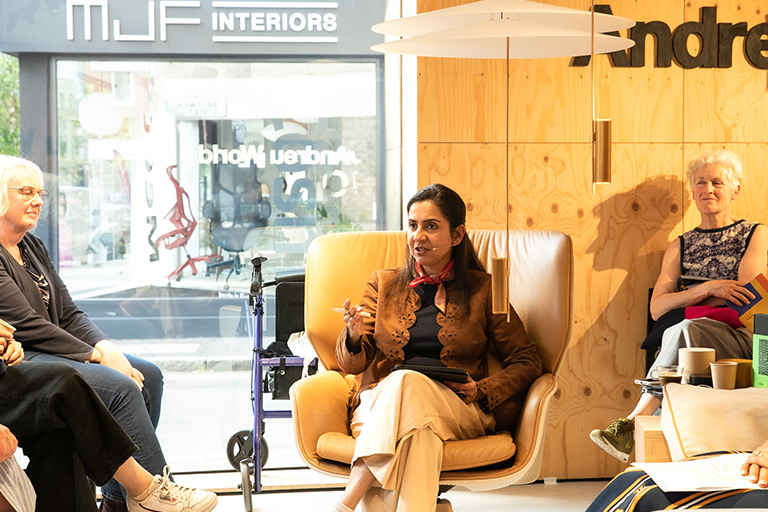
Useful Links
Home
About
Past Events
Join
SDC
Blog
Contact
Privacy Policy
Cookies Policy
Newsletter
Subscribe to the WOD newsletter and keep updated on all of our latest news and events.
